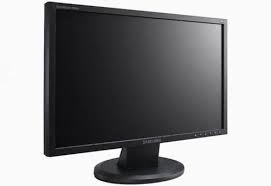COMPUTER FILES

FILES A computer file is a block of arbitrary information, or resource for storing information, which is available to a computer program and is usually based on some kind of durable storage. Computer files can be considered as the modern counterpart of paper documents which traditionally are kept in offices and libraries’ files, and this is the source of the term. Files are collection of data in a permanent storage media such as hard drive, CD or DVD ROM, floppy disk, memory card, flash drive etc. FUNCTIONS OF FILE (i) It provides machine executable code which is used to run application programs and the operating system. (ii) It stores application programs or operating system configuration information. (iii) It stores used data by the user such as Ms Word. ORGANIZING THE DATA IN A FILE Information in a computer file can consist of smaller packets of information (often called “records” or “lines”) that are individually different but share some trait in common. The way...

